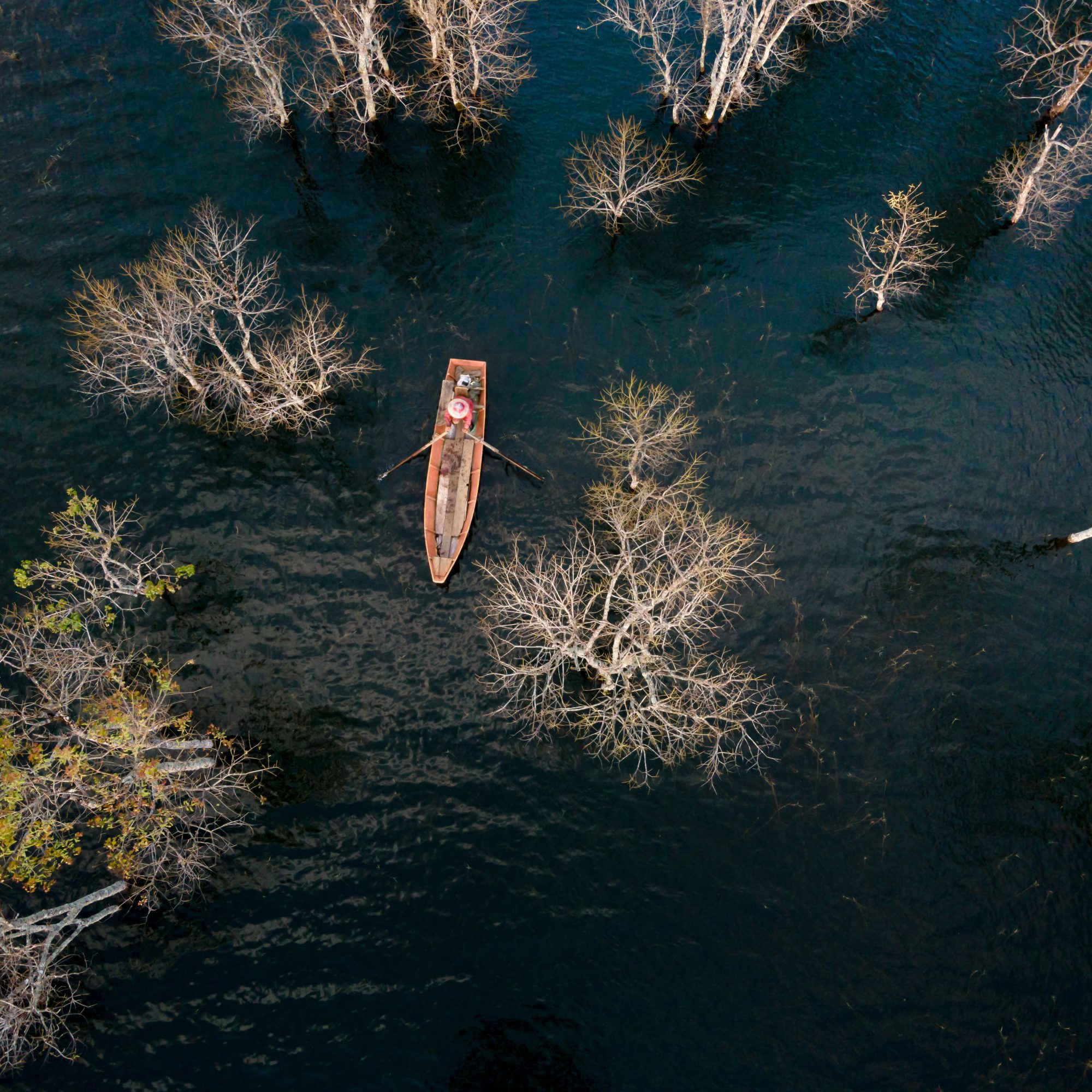Ever looked down from a plane window, marveling at the world beneath, miniature and meticulously planned? Has it ever made you feel a little bit like a bird soaring high above the earth, seeing everything yet being a part of nothing? That’s the magic of aerial photography.
Defining Aerial Photography
Aerial photography, as someone aptly said, is the ‘bird’s eye view’ perspective of our planet. But what really set my passion for aerial photography ablaze was a stunning image of a coral atoll in the Pacific, a radiant crown of turquoise and emerald scattered over the endless deep blue canvas. It was simple, yet exquisitely complex.
Did you know that in its early days, photographers risked their lives, strapped to the wings of biplanes with their cameras to capture oh-so-stunning shots? A little fun trivia that goes on to show how far we’ve come in terms of technology and safety.
Jumping from the old school planes to modern day drones, aerial photography has indeed come a long way. And it’s not just about breadth-taking landscapes, aerial photography plays a pivotal role in domains like historical photography too.
Aerial Photography: The Tools Of The Trade
When we talk about aerial photography, drones are invariably the first things that come to mind…
But beyond drones, aerial photography involves much more. From specially equipped helicopters to high-flying aircraft, and even satellites, the tools of the trade vary according to the scale and perspective of what needs to be captured.
Drone Photography: A Game-Changer
‘Look, up in the sky, it’s a bird, it’s a plane… no, it’s Superdrone!’
This comic book dialogue could well summarize how drones have reshaped the landscape of aerial photography, offering much more flexibility, accessibility, and affordability than traditional means. ‘Once you uncage a drone,’ a photographer colleague once told me, ‘you unleash infinite perspectives.’
Understandably, drone photography has its own set of rules – some dictated by law, others by common sense and practicality. Not to mention, there’s an art to manoeuvring these unmanned aerial vehicles (UAVs), capturing just the right moment from just the right height and angle.
But as I always say, ‘The sky’s the limit when you have a drone in your arsenal.’
Helicopter and Airplane Photography
Drones might be all the rage, but let’s not forget about the value of traditional aircraft in aerial photography. Take helicopters, for instance…
They offer more stability and higher altitudes for captures, especially for subjects like urban landscapes or wild terrains where drones might not be sufficient or permitted. While slightly heavier on the pocket, helicopters can provide a viewing experience unlike any other, making them a favourite choice amongst seasoned photographers.
The comforting hum of a plane, you might argue, could not possibly offer the same versatility as a drone or the stability of a helicopter. Yet, planes have their own charm, as they can cover great distances, enabling photographers to take stunning panoramic shots of vast landscapes, a view that neither a drone nor a helicopter can match.
Conclusion
In the end, there’s something truly awe-inspiring about aerial photography, looking down from the heavens, capturing the sprawling beauty of our world from an angle few get to see. It’s a genre that serves as a gentle reminder of our place in the grand scheme, capturing the earth’s poetry from a bird’s eye view. Isn’t that what photography is all about? Seeing the world from new, unique perspectives, after all.
So the next time you pick up the camera, will you be up for the challenge to aim higher, to embrace the sky? Only by pushing the limits of one’s perspective can one truly master the art of photography.


0 Comment